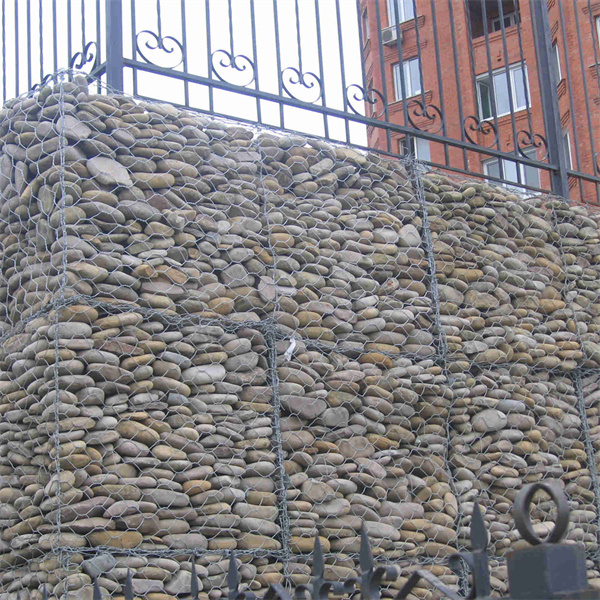Sep . 07, 2024 07:16 Back to list
Gabion Retaining Walls
Gabion Retaining Walls A Sustainable Solution for Erosion Control
Gabion retaining walls have gained popularity in recent years as an effective and aesthetically pleasing solution for controlling soil erosion and managing slopes. Constructed from wire mesh cages filled with rocks or other materials, these walls provide both structural support and environmental benefits. As urban development increases and natural landscapes face the pressure of human activities, gabion walls offer a sustainable approach to retaining walls that harmonizes with the surroundings while serving crucial engineering functions.
One of the defining features of gabion walls is their flexibility in design. Unlike conventional concrete walls, which can appear stark and artificial, gabions can be filled with a variety of materials, including locally sourced stones, recycled concrete, or even organic materials like timber. This versatility allows for a more natural appearance that can blend seamlessly into the landscape. Furthermore, the porous nature of gabion walls facilitates drainage, which helps to alleviate pressure from water buildup behind the wall, reducing the risk of failure.
Environmental sustainability is another strength of gabion retaining walls. By utilizing natural materials and minimizing the need for concrete, they significantly reduce the carbon footprint associated with wall construction. Additionally, gabion walls can create habitats for local flora and fauna, promoting biodiversity. The gaps in the wire mesh allow plants to grow and establish roots within the wall, further enhancing the ecological value of the structure. This integration of natural elements makes gabion walls an attractive option for environmentally conscious developers and municipalities.
gabion retaining walls

The construction of gabion retaining walls is relatively straightforward, requiring less specialized equipment compared to traditional retaining walls
. Their modular design means they can be stacked and configured in various shapes and sizes, making them an adaptable choice for diverse applications, from residential gardens to major civil engineering projects. Gabions also require minimal maintenance, as they are durable and can withstand weather extremes without significant degradation.In addition to their aesthetic and ecological advantages, gabion retaining walls provide an effective solution for managing soil erosion and stabilizing slopes. They act as barriers, absorbing and dissipating the energy of water runoff, thus preventing sediment displacement and protecting the integrity of landscapes. These walls are particularly useful in areas prone to flooding or landslides, where traditional methods may fail to provide adequate protection.
Ultimately, gabion retaining walls represent a fusion of function, beauty, and sustainability. As communities increasingly value environmentally friendly practices and resilient infrastructure, the use of gabions is likely to expand. Whether in urban environments or rural settings, these structures offer a practical solution for erosion control, landscape enhancement, and ecological stewardship. By embracing such innovative approaches, we can better protect our landscapes and promote sustainability for future generations.
-
Why PVC Coated Gabion Mattress Is the Best Solution for Long-Term Erosion Control
NewsMay.23,2025
-
Gabion Wire Mesh: The Reinforced Solution for Modern Construction and Landscape Design
NewsMay.23,2025
-
Gabion Wall: The Flexible, Seismic-Resistant Solution for Modern Landscaping and Construction
NewsMay.23,2025
-
Gabion Wall Solutions: The Durable, Decorative, and Affordable Choice for Every Landscape
NewsMay.23,2025
-
Gabion Basket: The Durable and Flexible Alternative to Traditional Retaining Walls
NewsMay.23,2025
-
Gabion Basket: The Proven Solution for Slope Stability and Flood Control
NewsMay.23,2025
-
Versatility of Chain Link Fence Gabion
NewsMay.13,2025






